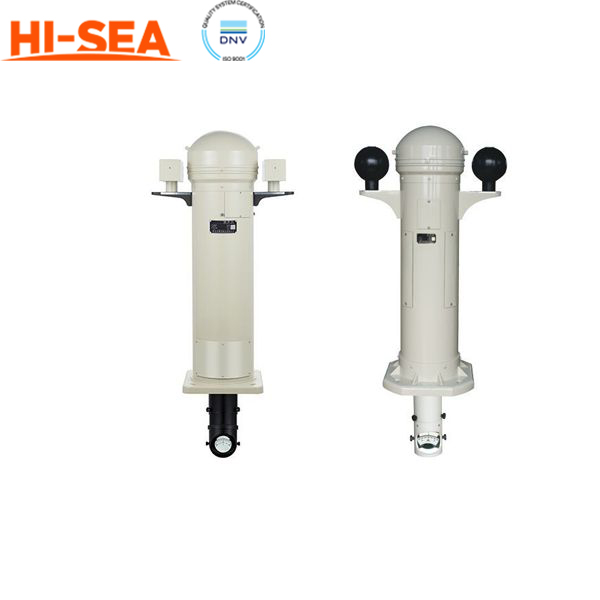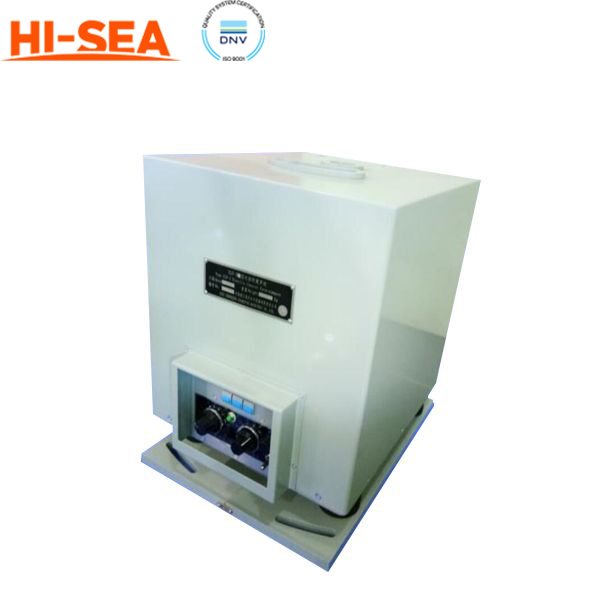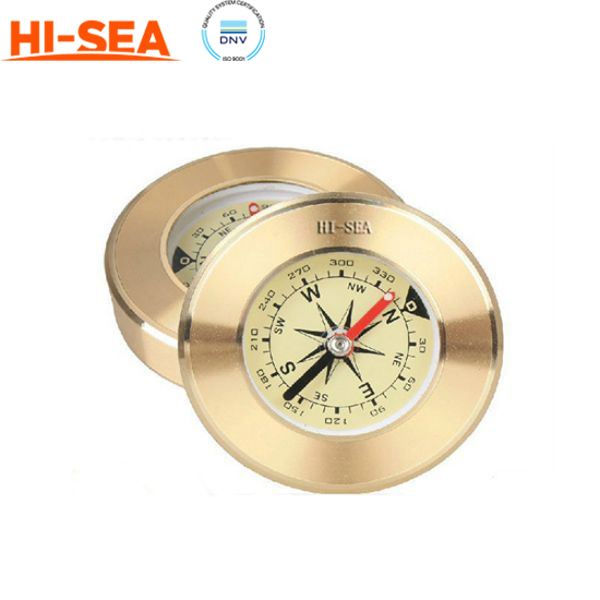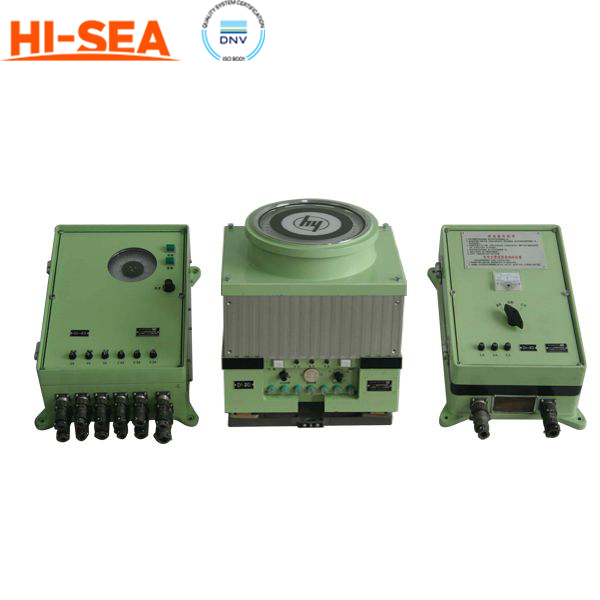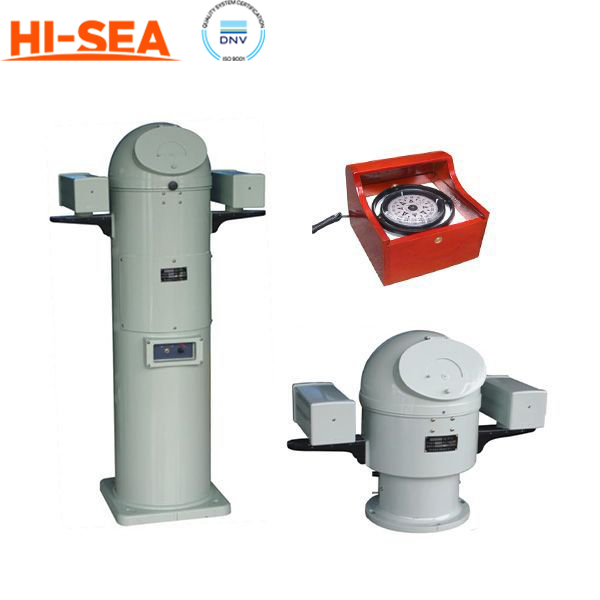MARINE & OFFSHORE EQUIPMENT
- Dredging Equipment
- Marine Deck Machinery
-
Marine Mooring Equipment
-
Marine Anchor
- AC-14 HHP Anchor
- Admiralty Anchor
- Beldt Stockless Anchor
- Bruce Anchor
- Spek Anchor
- Danforth HHP Anchor
- Delta High Holding Power Anchor
- GB11579-89 Light Weight Anchor
- Hall Anchor
- High Holding Power Mastrosov Anchor
- Hot Dip Galvanized Anchor
- Japan Stock Anchor
- JIS Stockless Anchor
- Pool Anchor
- Single Fluke Anchor
- Stainless Steel Anchor
- Stevpris MK5 Anchor
- Stingray Anchor
- US Navy Stockless Anchor
-
Marine Anchor Chain
-
Marine Shackle
- Kenter Shackle
- D Type Joining Shackle
- Pear Shaped Shackle
- Anchor Swivel Shackle Type A
- Anchor Swivel Shackle Type B
- Buoy Shackle Type A
- Buoy Shackle Type B
- C Type Detachable Connecting Link
- D Shackle
- Forelock Shackle
- Anchor Chain Swivel Group
- Straight Shackle
- Anchor Shackle
- Marine Triangle Plate
- Anchor Chain Swivel
- Anchor Chain Joining Shackle
- Anchor Chain End Shackle
- Slim Kenter Shackle
-
Chain Chaser
-
Marine Bollard
-
Marine Chock
-
Marine Fairlead
-
Marine Chain Stopper
-
Marine Mooring Reel
-
Marine Towing Bracket
-
Mooring Rope
-
Marine Towing Hook
-
Marine Shark Jaw
- Marine Fender
-
Marine Buoy
- Marine Floating Pontoon Dock
-
Marine Anchor
- Aquaculture Equipment
- Marine Outfitting Equipment
- Marine Propulsion System
-
Marine Painting
-
Marine Auxiliary Machinery
- Marine Air Compressor
- Marine Air Receiver
- Marine Sewage Treatment Plant
-
Marine Diesel Generator Set
- Marine Oil Water Separator
- Ballast Water Management System
- Marine Hydrophore
- Marine Calorifier
- Seawater Desalination Plant
-
Marine Oil Separator
- Marine Fuel Oil Supply Unit
- Marine Heat Exchanger
-
Marine Hot Well Unit
-
Marine Incinerator
-
Marine Boiler
-
Marine Valve
- JIS Marine Valve
- DIN Marine Valve
- ANSI Marine Valve
- GB Marine Valve
- CB Marine Valve
- CBM Marine Valve
-
Marine Gate Valve
-
Marine Globe Valve
-
Marine Angle Globe Valve
-
Marine SDNR Valve
-
Marine Angle SDNR Valve
-
Marine Check Valve
-
Marine Storm Valve
-
Marine Butterfly Valve
-
Marine Quick Closing Valve
-
Marine Fire Valve
-
Marine Self Closing Valve
- Marine Valve Accessories
-
Marine Pump
- Marine Centrifugal Pump
- Marine Screw Pump
-
Marine Gear Pump
-
Marine Vortex Pump
-
Marine Ejector Pump
-
Marine Diaphragm Pump
-
Marine Piston Pump
-
Marine Fire Pump
-
Marine Emergency Fire Pump
-
Marine External Fire Pump
-
Marine Ballast Water Pump
-
Marine Fuel Pump
-
Marine Lubricating Oil Pump
-
Marine Bilge Pump
-
Marine Sewage Pump
-
Marine Domestic Water Pump
-
Marine General Pump
-
Marine Cargo Oil Pump
-
Marine Hand Pump
- Marine Pump Parts
- Marine Life-saving Equipment
- Fire-fighting Equipment
- Marine Cable
- Marine Electrical Equipment
- Marine HVAC
-
Labour Protection Appliance
- Marine Decorative Material
-
Marine Anode
- Marine Pipe Fitting & Flange
- Marine Instrument
- Ship Building Equipment
INDUSTRY EQUIPMENT
- Hoisting Equipment
- Welding Machine & Material
-
Cutting Machine
- Container Securing Fitting
- Link Chain
- Container & Storage Equipment
-
Diesel Generator Set
- Other Equipment and Tools
- Petrochemical Equipment
- Fiber Reinforced Plastics
- Polymer Materials
- Environmental Protection Series
- Geo-products and Building Materials
- Metal Mesh
- Steel Grating
-
Earthwork Teeth
-
Turnbuckle
STOCK LIST
Contacts
 Tel:+86-23-67956606
Tel:+86-23-67956606
 FAX:+86-23-67956622
FAX:+86-23-67956622
 Email:manager@cqhisea.com
Email:manager@cqhisea.com
Working Time: 9:00--17:00
Working Day: Monday to Friday Website: www.cqhisea.com

Marine Fiber Optic Gyro Compass
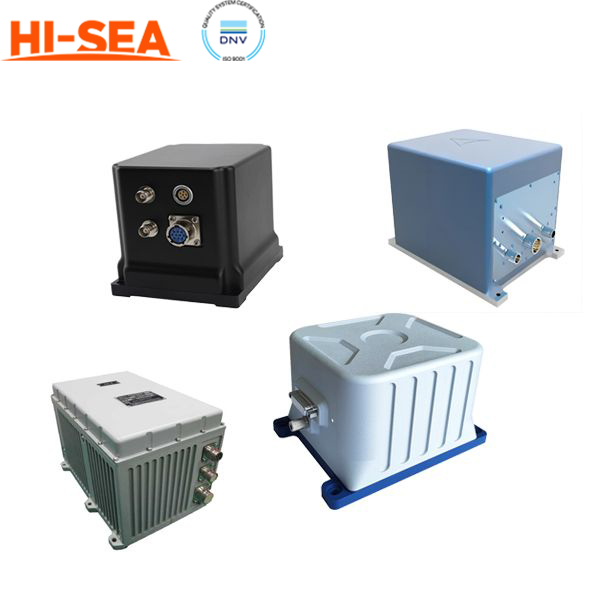
Marine Fiber Optic Gyro Compass
Description:
Marine fiber optic gyro compass is a type of marine compass that uses fiber optic technology to determine the vessel's heading. It operates based on the principle of the Sagnac effect, which is the phenomenon that occurs when a light beam is split and travels in opposite directions along a fiber optic coil. The rotation of the coil caused by the vessel's movement will affect the speed of light in the fiber, which can be detected and used to determine the vessel's heading.
Compared to other types of marine compasses, such as a magnetic compass or an electromagnetic controlled gyrocompass, a fiber optic gyro compass is not affected by external magnetic fields or other disturbances, making it more accurate and reliable in challenging environments. It is also not subject to drift over time, unlike a mechanical or magnetic compass. However, it is generally more expensive than other types of compasses and may require regular calibration to maintain its accuracy.
Work principle & key components:
A marine fiber optic gyro compass is a type of compass used on boats and ships that uses fiber optic technology to determine the vessel's heading. The basic principle of operation is the Sagnac effect, which states that when light is split into two beams and travels in opposite directions through a rotating platform, they will experience a phase shift upon recombination that is proportional to the platform's rotation rate.
In a marine fiber optic gyro compass, a light source emits a beam of light that is split into two beams that travel in opposite directions through a coil of optical fiber. The fiber coil is mounted on a spinning platform that rotates at a constant speed, causing the two beams of light to experience a phase shift. The two beams of light are then recombined, and the resulting interference pattern is analyzed to determine the vessel's heading.
The key components of a marine fiber optic gyro compass include the light source, the fiber optic coil, the spinning platform, and the signal processing electronics. The light source is typically a laser diode that emits a stable, coherent beam of light. The fiber optic coil is typically made up of thousands of meters of optical fiber wound in a compact coil to fit within the compass housing. The spinning platform is typically driven by a precision motor and is designed to maintain a constant speed and direction of rotation. The signal processing electronics analyze the interference pattern created by the two beams of light to determine the vessel's heading.

Advantages:
1. The stabilization time is short. It takes 2-4 hours for common gyrocompass to start and stabilize, while it only takes about 10 minutes for optical fiber gyrocompass to stabilize, which improves the emergency capacity of ships.
2. When the ship maneuvers course, the inertial force will make the compass produce large pointing error. The fiber optic compass avoids the impact error due to its advantages in principle.
3. Fiber optic compass provides not only heading information, but also roll and pitch attitude information. The attitude signal provided by the optical fiber compass can guarantee the ship's heading safety and provide a level reference for underwater measurement.
4. When the steering speed of the ship exceeds 6 degrees per second, the course provided by the compass cannot track the true course of the ship. The maximum steering speed of optical fiber compass can reach 200 degrees per second, which fully meets the needs of high-speed ships.
5. Under the influence of rocking inertia force, the compass will produce pointing error. The inertial element of the fiber optic compass is fixed on the carrier, which completely eliminates the heading error caused by swing.
6. When the compass is operating above 70 degrees north and south latitude, the heading error can be up to ten degrees. The optical fiber compass uses the polar algorithm to solve this problem, which provides a guarantee for polar sailing ships.
7. The compass is generally required to be maintained once a year, and the life of the gyrosphere is generally 3-4 years, which increases the cost of operation and management. Optical fiber has a long service life and no need for daily maintenance because it has no moving parts and other inherent structural advantages.


